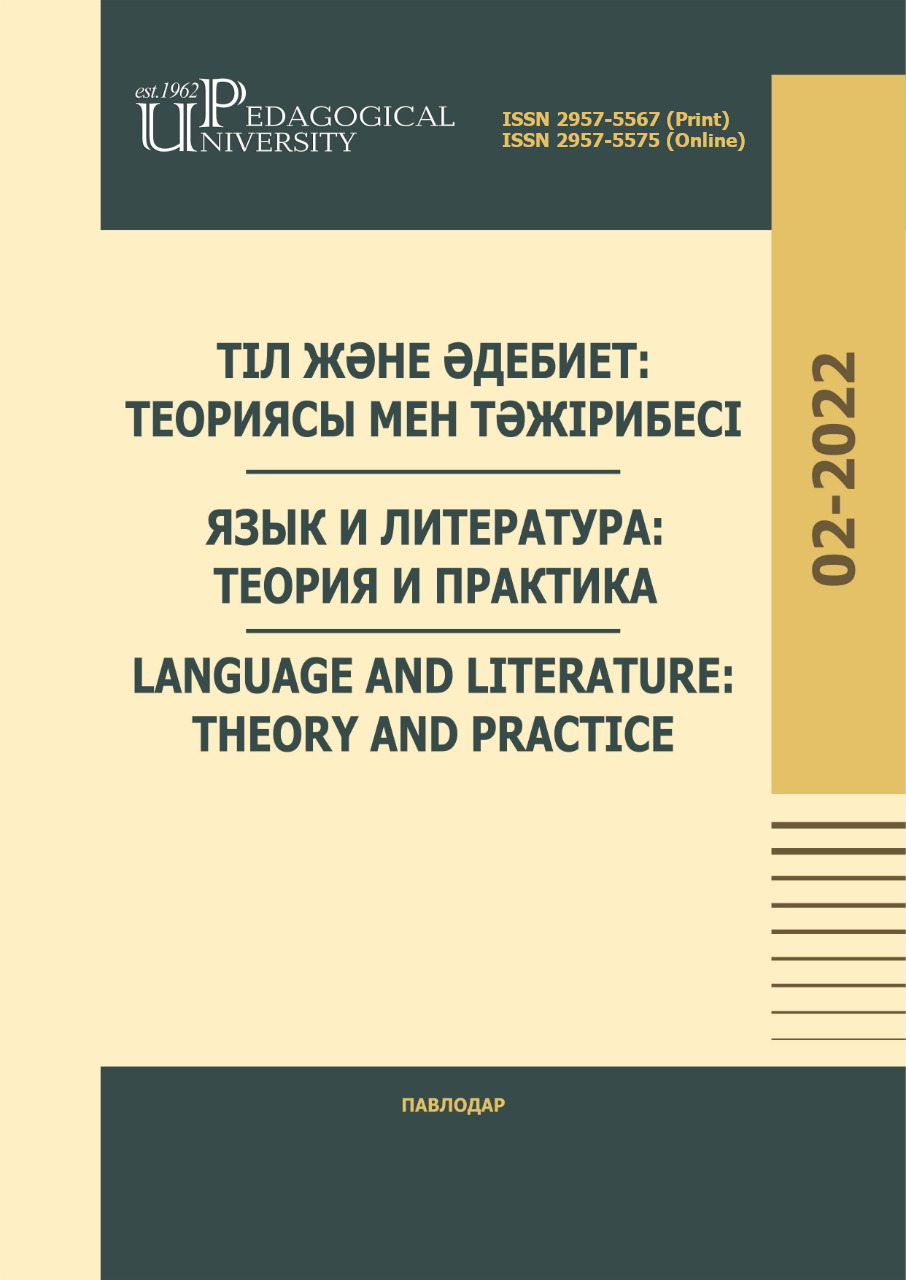The current state and prospects of improving the content of the subject «russian language and literature» in a school with the kazakh language of instruction (L2)
(based on the material of programs and textbooks of grades 5-6, 8-9 on the updated content)
DOI:
https://doi.org/10.52301/2957-5567-2022-2-48-61Keywords:
methodological principles, communication, functionality, consistency, minimization, content of curricula and textbooksAbstract
The article provides a scientifi c and methodological analysis of the content of curricula and textbooks on the subject «Russian language and literature» (grades 5-6, 8-9) in a school with the Kazakh language of instruction (L2). The issues of implementing the leading principles of communication, functionality, consistency, minimization in the updated content system are considered. These are the principles that defi ne the basic requirements, and subsequently infl uence the development of strategies and tactics for teaching a non-native or foreign language. The final result of the training should be communication skills in Russian in accordance with the levels presented by the Common European Framework of Reference (CEFR) assessment system: grades 5-9 – A2-B1.
The structure of the term «communicativeness» is complex, including linguistic, speech, pragmatic, ethno-cultural, etc. components. Therefore, a correct understanding of this term, and, consequently, a specifi c formulation of the goals and objectives of training will allow us to find new ways and opportunities to improve the content of the school course of the Russian language (L2).
Downloads
Published
How to Cite
Issue
Section
License
Copyright (c) 2022 Language and Literature: Theory and Practice

This work is licensed under a Creative Commons Attribution-NonCommercial-NoDerivatives 4.0 International License.
https://creativecommons.org/licenses/by-nc/4.0/deed.en


